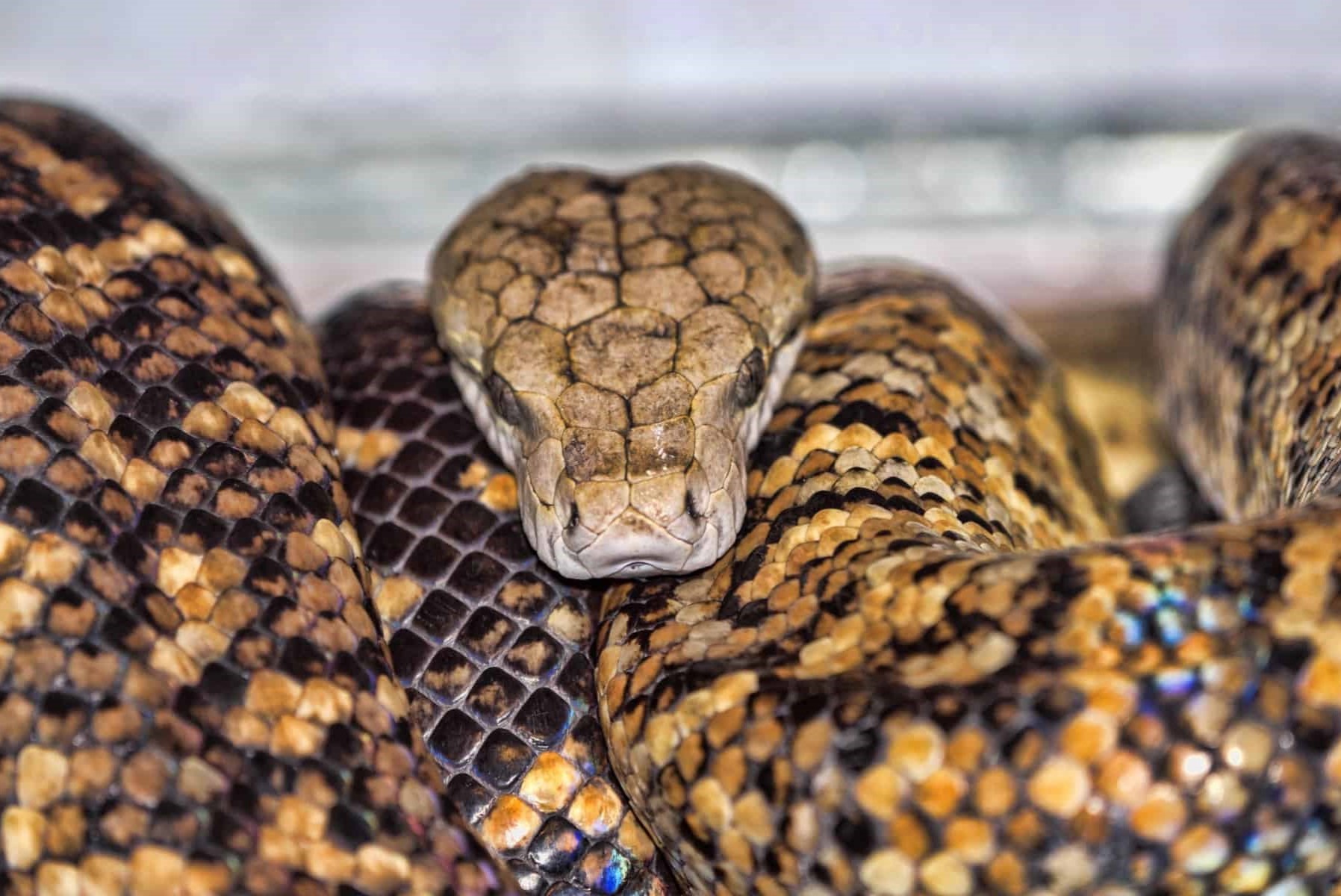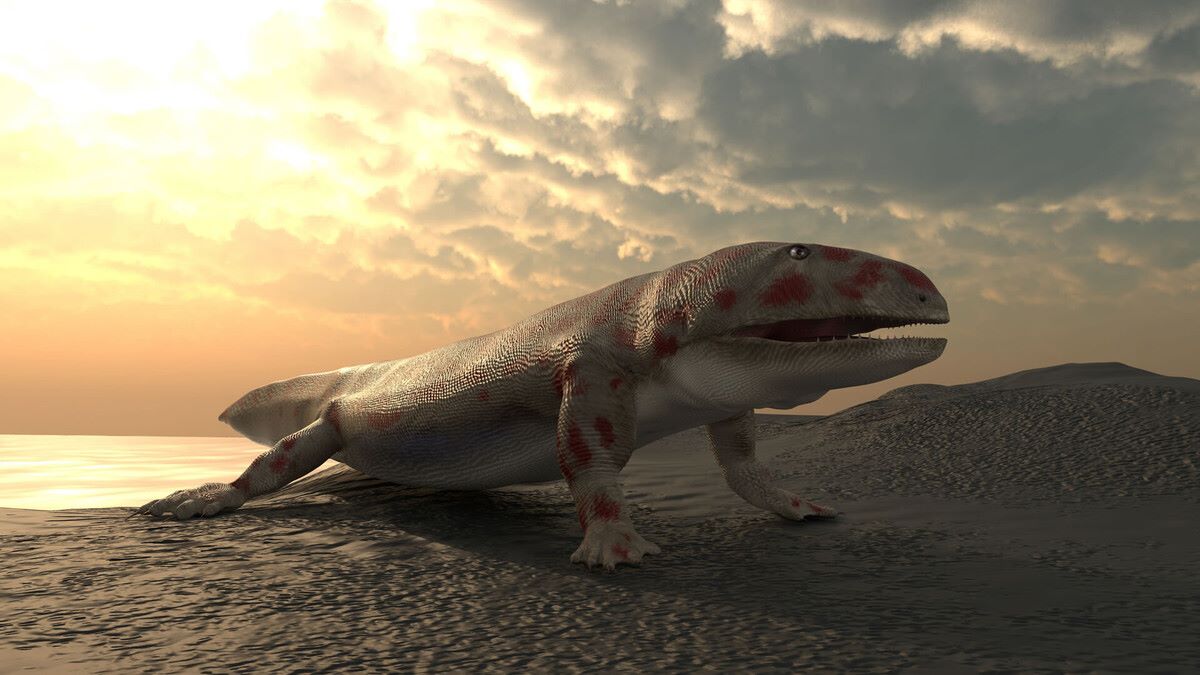
The Jamaican Boa, also known as the Yellow Boa, is a fascinating reptile species found exclusively in Jamaica. With its striking yellow coloration and impressive size, this snake has captured the attention of many animal enthusiasts and researchers alike. In this article, we will delve into the captivating world of the Jamaican Boa and explore 14 intriguing facts about this unique creature. From its habitat and behavior to its significant role in Jamaican folklore, we will uncover the secrets of this remarkable snake. So, if you’re ready to embark on a journey through the enchanting world of the Jamaican Boa, let’s get started!
Key Takeaways:
- Jamaican Boas are the largest snakes in Jamaica, non-venomous, and have a varied diet, playing a crucial role in the ecosystem by controlling the population of smaller animals.
- These fascinating snakes are skilled climbers, give live birth, and have a mild temperament, making them an important part of Jamaica’s biodiversity and deserving of protection.
The Jamaican Boa is the largest snake in Jamaica.
The Jamaican Boa, scientifically known as Epicrates subflavus, holds the title of being the largest snake native to the island of Jamaica. These boas can grow to an impressive length of up to 6 feet, making them a fascinating species to study.
They are excellent climbers.
With their muscular bodies and strong grips, Jamaican Boas are skilled climbers. They are often found slithering through trees in search of prey or attempting to escape from predators. Their ability to climb with ease adds to their allure as an adaptable and fascinating creature.
Jamaican Boas are non-venomous constrictors.
Despite their intimidating size, Jamaican Boas are non-venomous. They rely on constriction as their primary hunting technique. Once they catch their prey, they wrap their powerful bodies around it, squeezing until the victim suffocates, and then proceed to swallow it whole.
They have a varied diet.
Jamaican Boas have an opportunistic feeding behavior, which means they can consume a wide range of prey. Their diet consists of birds, small mammals, lizards, and even other snakes. This adaptability in their diet allows them to thrive in different environments and ensures their survival.
Jamaican Boas are solitary creatures.
These impressive snakes are typically solitary, preferring to live and hunt alone. They establish their own territories, which they defend when necessary. However, during the mating season, males will actively seek out females to reproduce.
They are endemic to Jamaica.
As their name suggests, Jamaican Boas are endemic to Jamaica, which means they can only be found on this Caribbean island. Their limited range adds to their uniqueness and makes them an important part of Jamaica’s biodiversity.
They are nocturnal hunters.
Jamaican Boas are predominantly active during the night, making them nocturnal hunters. Their excellent vision and heat-sensing abilities allow them to locate prey in low-light conditions, giving them an advantage over their unsuspecting victims.
Jamaican Boas can live for over 20 years.
With proper care and a suitable habitat, Jamaican Boas can live for more than 20 years in captivity. In the wild, their lifespan may be slightly shorter due to various environmental factors and predation.
They are a threatened species.
Unfortunately, Jamaican Boas are considered a threatened species due to habitat loss and illegal pet trade. Conservation efforts are being made to protect these captivating snakes and ensure their long-term survival in their natural habitat.
Jamaican Boas have unique markings and coloration.
One of the most striking features of Jamaican Boas is their unique markings. They have a pattern of dark brown or black saddles on a lighter background, which provides effective camouflage in their natural environment.
They play an important role in the ecosystem.
As apex predators, Jamaican Boas play a crucial role in maintaining the balance of their ecosystem. By controlling the population of smaller animals, they help regulate the food chain and prevent overpopulation of certain species.
Jamaican Boas give live birth.
Unlike many other snake species, Jamaican Boas give birth to live young instead of laying eggs. The female Boa carries the developing embryos inside her body and gives birth to fully formed snakes, usually ranging from 8 to 18 offspring per litter.
They have a slow metabolism.
Jamaican Boas have a relatively slow metabolism compared to other snakes. This means they can survive for long periods between meals, allowing them to adapt to the variable food availability in their natural habitat.
They have a mild temperament.
Despite their size, Jamaican Boas are generally known for their mild temperament. They are not known to be aggressive towards humans unless provoked. However, caution should always be exercised when encountering any wild animal.
Conclusion
The Jamaican Boa is a fascinating reptile that captivates with its unique characteristics and intriguing behavior. These 14 facts shed light on the remarkable nature of this species. From its impressive size and ability to adapt to various habitats to its intriguing reproductive strategies and valuable ecological role, the Jamaican Boa is a species worth studying and protecting. With its beautiful coloration and powerful constriction abilities, it truly embodies the beauty and complexity of the animal kingdom. Whether you’re a snake enthusiast or simply intrigued by the wonders of nature, the Jamaican Boa is a creature that will continue to hold our fascination for years to come.
FAQs
1. What is the average size of a Jamaican Boa?
The Jamaican Boa is a large snake species, with adults averaging around 6 to 8 feet in length.
2. What is the habitat of the Jamaican Boa?
The Jamaican Boa is endemic to Jamaica and can be found in a variety of habitats, including forests, wetlands, and rocky coastal areas.
3. What do Jamaican Boas eat?
Jamaican Boas are opportunistic predators and feed on a wide range of small to medium-sized prey, such as rodents, birds, lizards, and frogs.
4. Are Jamaican Boas venomous?
No, Jamaican Boas are non-venomous. They kill their prey by constricting it with their powerful coils.
5. How often do Jamaican Boas reproduce?
Jamaican Boas are viviparous, meaning they give birth to live young. They reproduce once every two to three years, with an average litter size of 10 to 20 offspring.
6. Are Jamaican Boas endangered?
Yes, the Jamaican Boa is currently listed as an endangered species due to habitat loss and fragmentation, as well as the introduction of invasive species.
7. Are Jamaican Boas aggressive towards humans?
No, Jamaican Boas are generally docile and typically avoid human interaction. They are not considered dangerous unless provoked.
Was this page helpful?
Our commitment to delivering trustworthy and engaging content is at the heart of what we do. Each fact on our site is contributed by real users like you, bringing a wealth of diverse insights and information. To ensure the highest standards of accuracy and reliability, our dedicated editors meticulously review each submission. This process guarantees that the facts we share are not only fascinating but also credible. Trust in our commitment to quality and authenticity as you explore and learn with us.


